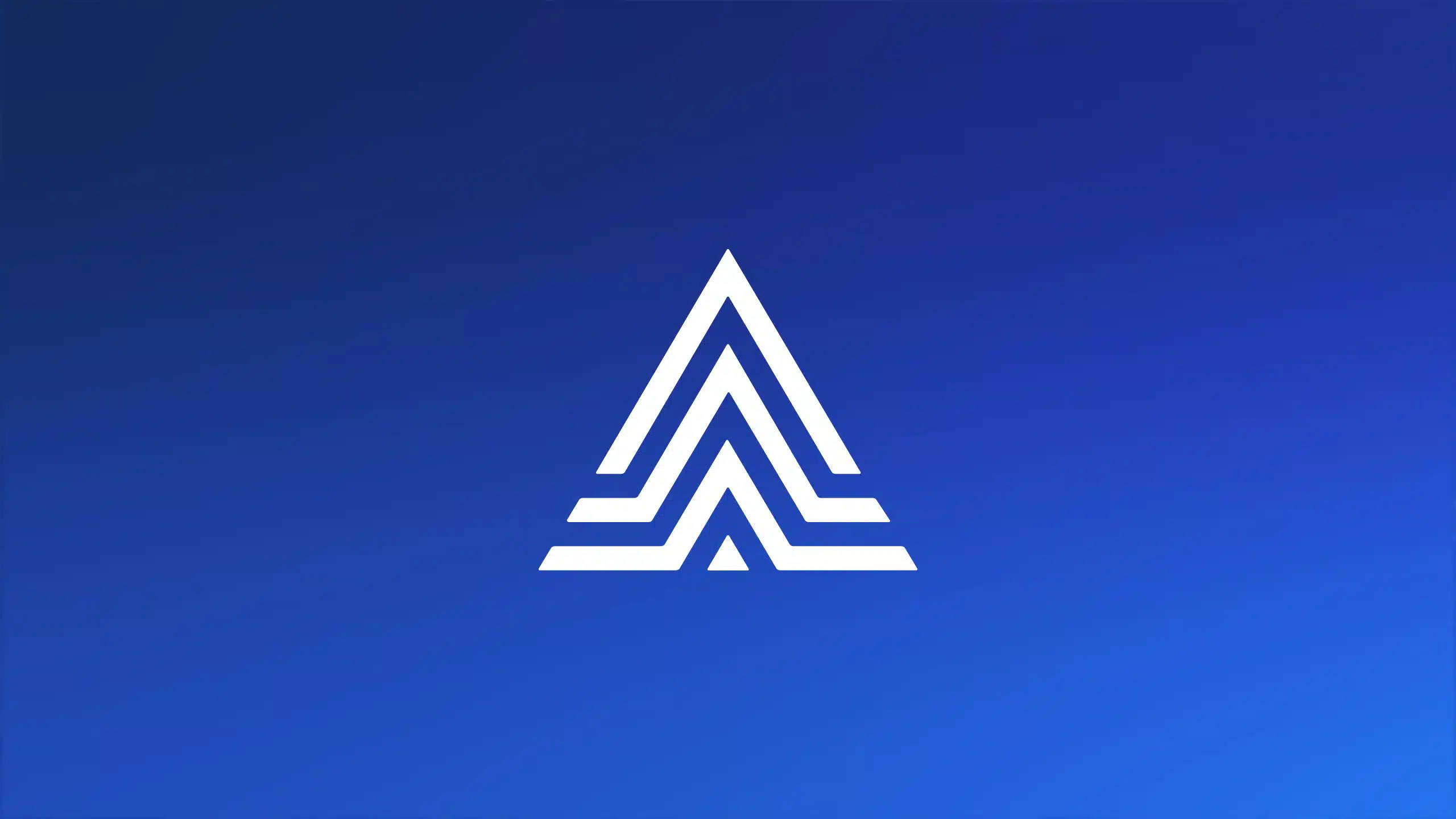Python

Python is a powerful high-level programming language used for application and web development. Guido van Rossum created the language, which was initially released in 1991.
History of Python
It was created as a hobby project by Guido van Rossum during the Christmas holidays in 1989. Python was written in C and is designed to be easy to learn and maintain. Version 0.9.0 was released in February 1991. After some refinement, version 1.0 was introduced in 1994.
With the release of version 2.0, the language became a community project with the creation of the Python Software Foundation (PSF) in 2000. This version introduced garbage collection and support for Unicode.
Version 2.2 improved Python’s ability to build object-oriented applications in 2001. Then, in 2006, version 2.5 improved resource management. Version 3, which was introduced in 2008, was a major improvement. The 2018 3.7 version added support for asynchronous calls and new data classes for creating data-centric code.
Why is the Language So Popular With Developers?
Below are some of the reasons Python has become so popular:
- No compiler is needed for applications written in Python because it is an interpreted language. Because of this, the machine code for the application is generated at run time, so iterating changes is faster for developers. However, the inability to pre-compile the code into machine code does make it unsuitable for high-performance transaction processing applications.
- Many open-source libraries are available for applications such as machine learning and AI.
- Readability is a strong point of Python because it uses whitespace as a delimiter, so the code is not full of punctuation, such as curly brackets.
- Types can be bound and rebound. Unlike C, which is statically bound, you can change the datatype of a variable simply by assigning a value of a different type.
- It is relatively easy to learn because it is easier to read than other languages.
Applications for Python
As the language has become popular, large businesses have built libraries to help developers use it with their platforms and tools. Libraries are packaged collections of functions that can be included in custom code. Below are some examples:
- Google has shared a Python library to allow easy access to the Google Docs application. Another Google library is provided for building Machine Learning modules with TensorFlow. Google Drive and Google Maps are written in Python.
- Actian provides Python Libraries for accessing Kafka streams and writing User Defined Functions (UDF) modules to be executed as extensions to the Vector database.
- Idiap Research Institute in Switzerland provides Bob for building signal processing and machine learning applications.
- MILK provides functions to support supervised and unsupervised learning for machine learning (ML) classification.
- Keras builds on TensorFlow to support developers in developing deep learning and neural network applications.
- Matpilotlib is used for dimensional plotting charts, including graphs, pie charts, scatterplots, histograms, and error charts.
- NumPy supports large multidimensional arrays and matrices and a collection of high-level mathematical functions to execute algebraic functions.
- Website scraping applications can use LXML and Scrapy for parsing. Selenium supports scrolling web pages.
- Social media applications, including YouTube, Reddit, Pinterest, and Instagram, are written in Python.
Comparing Python to Java
Java is better suited to performance-critical applications such as gaming as it is faster than Python. However, Python is simpler to learn and more concise, so you can write the same function in Python using fewer lines of code.
Java is an object-oriented language. Python can be used to build object-oriented applications, but it can also be used for functional, procedural applications. Python is marginally more popular than Java, and Java programmers tend to be in higher demand and better paid.
Actian and Programming Languages
The Actian Data Platform provides a single service for ingesting, transforming, storing, and analyzing data. Built-in connectors to hundreds of data sources help make analytics projects productive and easy. Integration to business intelligence (BI) tools and application programming interfaces (APIs) for multiple programming languages, including Python, makes the Actian Data Platform ideal for developers, data engineers, and data analysts building data-centric applications.
A lifetime of data confidence starts with a 30-day free trial here.
